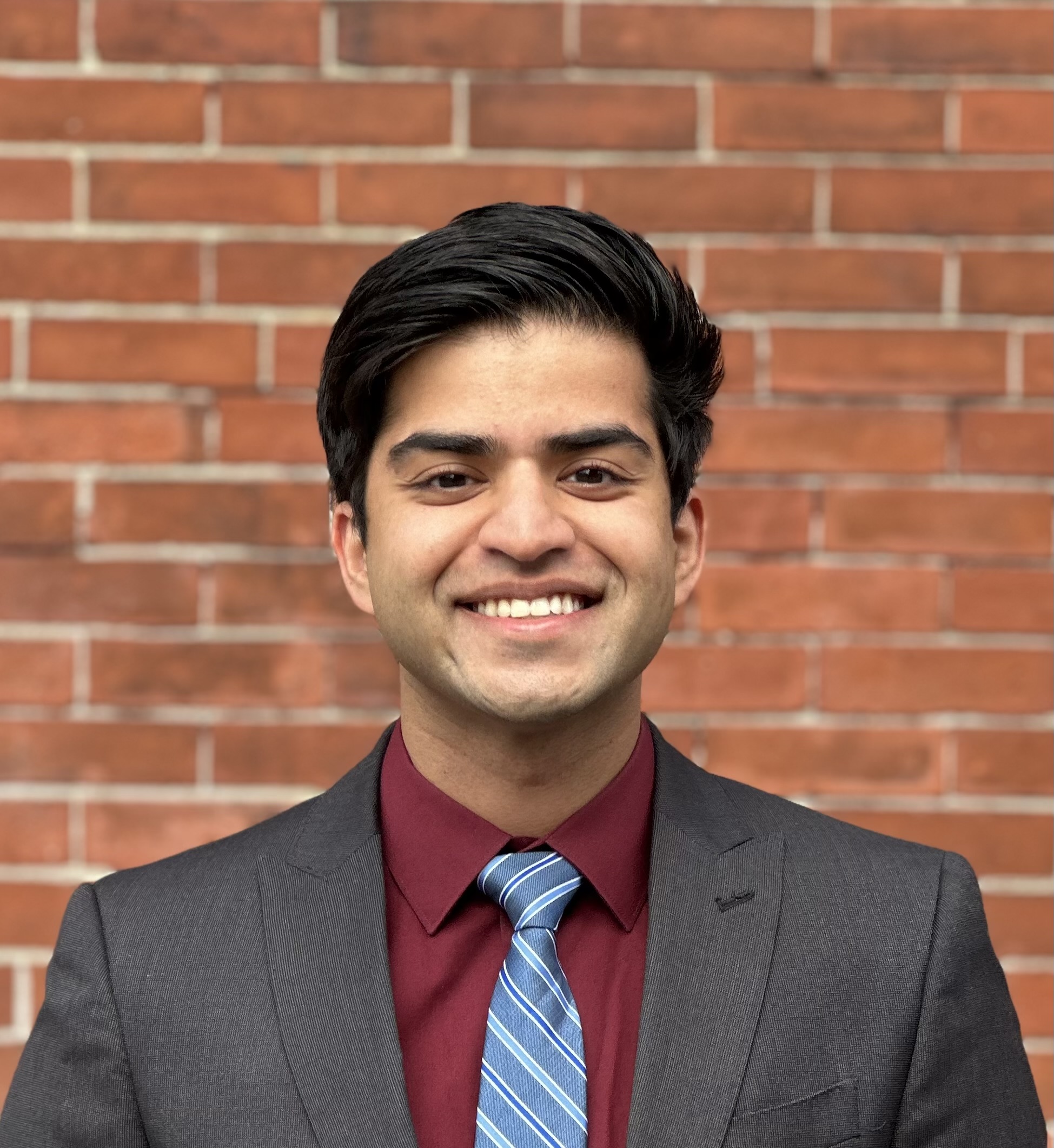
HST MEMP grad Anil Palepu combines an interest in math with medicine.
Now working as a research scientist at Google, he sees a future where AI and ML will "massively scale" medical care.
Mindy Blodgett | IMES/HST
Anil Palepu, HST Medical Engineering and Medical Physics (MEMP) PhD ’25 graduate, says that some of his drive to accomplish advances in medical artificial intelligence (AI) comes from mining inspiration from the people in his life, including an older brother who is a pediatric intensivist.
“He was always so passionate about working in medicine,” says Palepu, who grew up in Michigan, and received his BS from Johns Hopkins University. “And I got some of my inspiration from him.”
Palepu, who is already working as a research scientist at Google, wrote his thesis on the topic of “Natural Language Foundation Models in Medical Artificial Intelligence.” While at Johns Hopkins, he studied biomedical engineering, and he admits “when I initially started as an undergrad, I had only a very vague idea of what I wanted to do.”
But as his studies progressed, he says that he became increasingly interested in using AI research to solve problems in medicine. While at Johns Hopkins he enjoyed working on design teams, which were made up of five or so students, who worked with clinicians on real-world problems.
“These types of projects were very appealing to me,” Palepu says. “There are so many different challenges that patients, clinicians, and administrators face, and it was very rewarding to find impactful solutions to these problems hidden in the data.”
One of the first projects he worked on involved quantifying and optimizing an interventional radiology procedure known as trans-arterial embolization surgery. He says that working on projects like that, showed him that combining his interest in math and applying it to scientific problems, “was a great fit.”
“I learned that using even a simple computational approach could make a meaningful improvement in the safety and effectiveness of a medical process,” Palepu says.
Then, when it came time to consider what to do upon graduation, he decided that “becoming more fluent in medicine” would be a useful skill.
“It’s not just about understanding medical jargon,” Palepu says. “It’s having a better understanding of the workflows of a hospital, the pain points, and the opportunity landscape. For example, beyond improving surgeries themselves, we can also improve the flow of the surgery, making sure surgeons have the right instruments at hand at the right time while not processing more instruments than are needed.” He says that sometimes the goals of clinicians may be at odds with the goals of administrators, and that nurses have different challenges, as well. “Everyone has a different perspective” and utilizing data to come up with efficiencies can aid in improving patient outcomes and cutting costs and unnecessary labor.
Coming to the HST program, therefore, “made a lot of sense” Palepu says. “The HST program is just so unique. I learned at Hopkins that it helps to have a deep integration between the clinical setting and machine learning research. And HST has that, the access to clinicians and clinical education is such a great combination with the ability to do deep technical research.”
Starting his PhD studies during the Covid pandemic, meant that his initial classes and meetings were via Zoom. This format made it “definitely harder,” he remembers, to form connections with his instructors and classmates. But a close bond did form, and he says that, “To have gone through this terrifying time together has really made me cherish my cohort, and appreciate our time together.”
He says he is grateful to his mentor, Andrew Beam, PhD, an assistant professor in the Department of Epidemiology at the Harvard T.H. Chan School of Public Health. During his PhD study, Palepu worked in the Beam Lab on research into applying deep learning to healthcare.
“When I entered the program, there was so much going on in my field (machine learning), with the introduction of large language models,” Palepu says. "Much of my PhD was dedicated to simply keeping pace with the rapidly advancing research. Dr. Beam was instrumental in helping me navigate this dynamic landscape and enhance my technical abilities, thanks to his remarkable knack for distilling complex topics. I also deeply appreciate the network of clinicians and researchers I could consult, whose expertise provided invaluable learning opportunities."
Now that he has earned his PhD, and is working at Google, he says that despite some of the current hurdles around the funding of research, “which saddens me greatly” he is also feeling hopeful as he launches his career.
“I am definitely an optimist about what AI and ML can do to improve healthcare, perhaps more optimistic than some,” Palepu says. “The landscape is really changing, and our models are improving day by day, though many limitations still remain.” In the future, he foresees a time when “everyone, regardless of geographic or economic barriers, could have immediate access to trusted medical info and expertise, in their pocket…I believe there are ways to massively scale medical care and improve the lives of billions with this technology.”
He says that he prizes his time at HST, and he says that he was quickly welcomed by the group of HST alumni who work at Google: “It’s like a club, and we really support and inspire each other.” His advice for anyone coming to HST, particularly those in MEMP: “take advantage of the deep clinical experiences…I learned so much from the clinical settings, but now I wish I had focused on it even more than I did. As you go further in your research, you will value that exposure.”